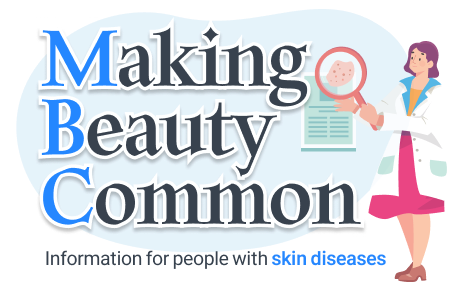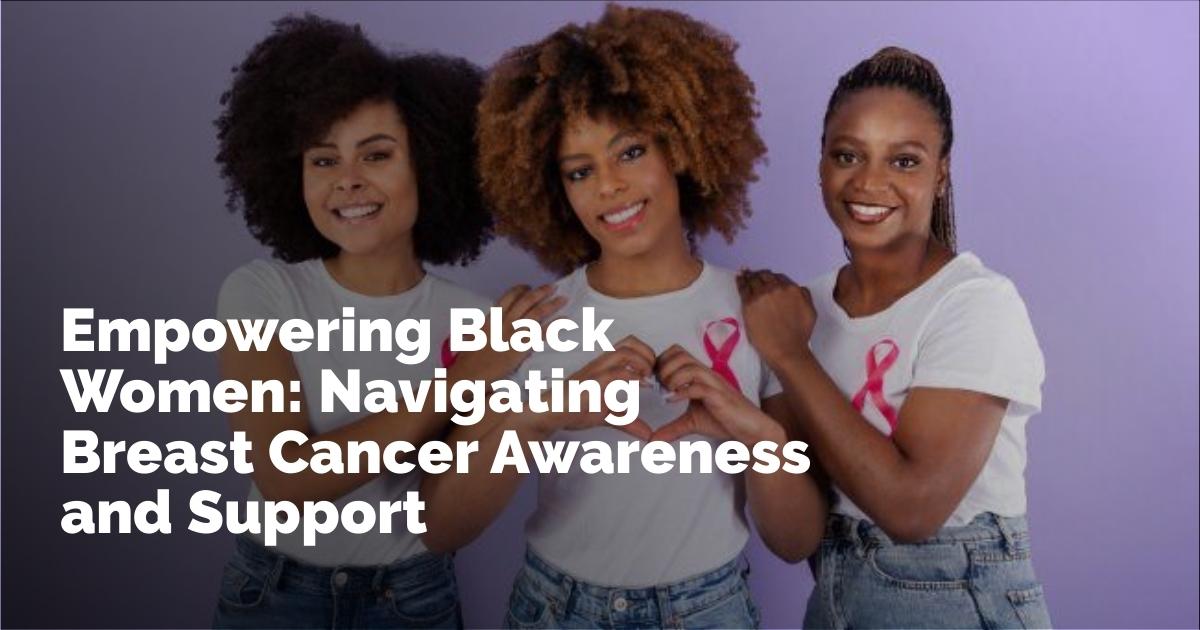Focus on You: Black Women and Breast Cancer
Understanding the unique challenges faced by different demographics when it comes to health issues is essential for effective prevention and treatment strategies. This is especially true for Black women and breast cancer. As October ushers in Breast Cancer Awareness Month, it provides a timely opportunity to reflect on the disparities, risks, and necessary actions related to this critical health issue.
The Current Landscape
Breast cancer holds the position as the most common cancer among women worldwide and remains one of the leading cancer diagnoses in the United States. Encouragingly, death rates have significantly decreased over the past several decades due to advancements in treatment and early detection. Nevertheless, this positive trend has not been universally experienced. Although the incidence of breast cancer is similar between Black and white women, stark disparities exist in mortality rates. Recent data from the American Cancer Society shows that Black women have a 5% lower incidence of breast cancer but a 38% higher mortality rate compared to white women. This alarming trend highlights the pressing need for tailored interventions.
Disparities in Breast Cancer Outcomes
Several factors contribute to these disparities in outcomes for Black women with breast cancer. Dr. Bonita Coe highlights the roles played by social determinants of health, such as later diagnosis and limited access to high-quality healthcare. Structural issues, including socioeconomic disparities and persistent discrimination, exacerbate these challenges, leading to poorer outcomes. Additionally, the stressors associated with these societal challenges, coupled with lifestyle and behavioral habits, play significant roles in affecting breast cancer incidence and progression.
Recognizing Early Signs
Early detection of breast cancer significantly improves treatment outcomes. Understanding the symptoms is crucial:
-
Common Symptoms: The hallmark sign is a lump or mass in the breast. Other signs include persistent changes in breast appearance, such as swelling, redness, thickening of the skin, and abnormalities in the nipple area, such as discharge, flakiness, or retraction.
-
Additional Symptoms: Dimpling of skin, nipple pain, changes in the breast's size or shape, and general breast pain should also prompt professional evaluation. It's important to note that breast cancer can develop without any noticeable symptoms, underscoring the importance of regular screenings.
Breast Cancer Risks
Understanding risk factors is key to prevention and early detection:
-
Biological and Demographic Factors: Individuals assigned female at birth are at a greater risk, though men can also be affected. Age is another critical factor; breast cancer is notably more common in African American women under 40, and they face higher mortality rates regardless of age.
-
Genetic Predispositions: A family history of breast cancer significantly elevates risk, particularly if immediate relatives were diagnosed early or multiple family members have faced cancer.
-
Lifestyle Influences: Unhealthy lifestyle choices such as smoking, high alcohol intake, a poor diet rich in processed foods, and lack of exercise can increase breast cancer risk. These factors, unlike genetic ones, can be modified to reduce risk.
Screening and Prevention Strategies
Effective prevention hinges on regular screenings and proactive health management:
-
Regular Screenings: Women at average risk should begin annual mammograms at age 40. However, those with a family history or other risk factors may need to start earlier and consider additional tests such as MRIs or genetic counseling.
-
Self-Examination: Regular self-exams are not a replacement for mammograms but can help individuals become more familiar with their breast tissue and identify changes earlier.
-
Access to Care: Low-cost or free mammogram programs offered by various health departments can bridge some access gaps. Initiatives like The Black Genes Matter Movement provide resources tailored to the Black community.
Lifestyle Modifications and Advocacy
Reducing cancer risk involves tackling modifiable lifestyle factors:
-
Healthy Living: Quitting smoking, reducing alcohol consumption, maintaining a balanced diet, and engaging in regular exercise can substantially lower risks.
-
Community Involvement and Trials: Participation in clinical trials is crucial to address treatment disparities and improve care standards. Black women, in particular, are underrepresented in these studies, which can limit the effectiveness of treatments across diverse groups.
-
Educational Resources and Self-Advocacy: Being informed and actively participating in healthcare decisions empowers women to better manage their health and advocate for necessary screenings and treatments.
Moving Forward
Addressing breast cancer disparities requires a multi-faceted approach involving healthcare accessibility, education, and community engagement. Statewide screening programs and a better understanding of biological differences in cancer across racial and ethnic groups are critical.
Ultimately, proactive management and advocacy, as emphasized by Dr. Coe in her upcoming book, are vital. Keeping abreast of up-to-date medical advice, participating in clinical trials, and actively engaging with healthcare professionals empowers women to navigate breast cancer risks and enhance outcomes effectively. This approach, championed by healthcare advocates like Dr. Coe, is integral to closing the gap in cancer care and outcomes for Black women.
출처 : Original Source

